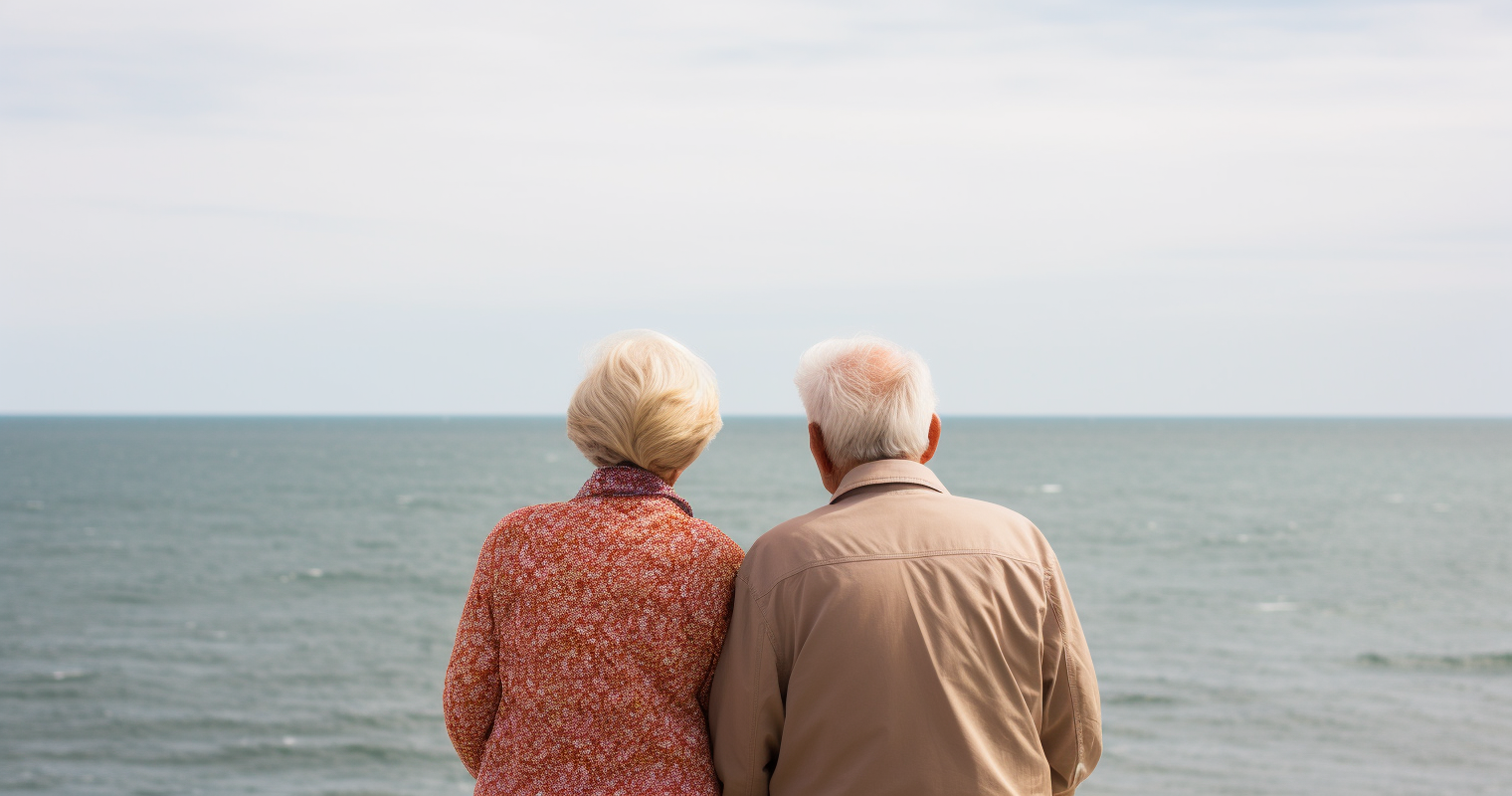As populations age across the world, the provision of care for elderly people has become a crucial topic in many countries. In South Korea, there is a growing need for quality elderly care as the population continues to age. In this article, we will explore how elderly people are treated in South Korea, including the availability and standard of residential homes, care homes, and nursing homes.
Availability of Residential Homes
In South Korea, residential homes are available for elderly people who require care. Residential homes provide a range of care options, from independent living to 24-hour nursing care. The level of care provided depends on the individual’s needs and can be adjusted as required.
The availability of residential homes in South Korea is generally good, with a range of options available in most areas. However, there is a shortage of affordable housing for elderly people in some areas, leading to a need for government intervention.
Standard of Residential Homes
The standard of residential homes in South Korea is generally good, with well-equipped facilities and high levels of staff training. Residential homes are regulated by the government, with regular inspections to ensure that standards are maintained.
One example of a high-quality residential home in South Korea is the Shinhyangsan Senior Welfare Center in Seoul. This facility provides accommodation, food, medical care, and social activities for elderly people who require long-term care.
Availability of Care Homes
In South Korea, care homes are available for elderly people who require specialized care, such as dementia care or palliative care. Care homes may also provide respite care for families who need a break from caring for their elderly relatives.
The availability of care homes in South Korea is generally good, with a range of options available in most areas. However, there is a shortage of specialized care homes for elderly people with complex medical needs, leading to a need for further investment in this area.
Standard of Care Homes
The standard of care homes in South Korea is generally good, with well-trained staff and modern facilities. Care homes are regulated by the government, with regular inspections to ensure that standards are maintained.
One example of a high-quality care home in South Korea is the Inje Speedium Care Center in Inje. This facility provides specialized care for elderly people with complex medical needs, as well as rehabilitation and recreational activities.
Availability of Nursing Homes
In South Korea, nursing homes are available for elderly people who require 24-hour nursing care. Nursing homes provide a range of care options, from basic nursing care to specialized care for complex medical conditions.
The availability of nursing homes in South Korea is generally good, with a range of options available in most areas. However, as with care homes, there is a shortage of specialized nursing homes for elderly people with complex medical needs.
Standard of Nursing Homes
The standard of nursing homes in South Korea is generally good, with well-trained staff and modern facilities. Nursing homes are regulated by the government, with regular inspections to ensure that standards are maintained.
One example of a high-quality nursing home in South Korea is the Seoul National University Hospital Nursing Home in Seoul. This facility provides a range of care options, including long-term care and specialized care for people with dementia and other complex medical conditions.
Cost of Elderly Care in South Korea
The cost of elderly care in South Korea varies depending on the type of care required and the individual’s financial situation. While some residential homes and care homes may be affordable for families, nursing homes and specialized care homes can be expensive and may require private funding.
The South Korean government provides subsidies for elderly care, which can help to reduce the cost for families. However, the subsidies may not cover the full cost of care, and families may need to contribute additional funds.
Challenges and Future Outlook
The provision of elderly care in South Korea faces several challenges, including a shortage of trained staff, a lack of affordable housing, and a need for more specialized care homes for elderly people with complex medical needs.
However, the South Korean government has recognized the importance of elderly care and has introduced several initiatives to improve access to care and the quality of care provided. For example, the government has implemented a long-term care insurance system to help cover the cost of elderly care and has increased funding for the development of specialized care homes.
Non-profit organizations and community groups are also working to improve elderly care in South Korea. The Korean Association of Geriatric Facilities Management, for example, provides training and support for staff working in elderly care facilities, with a focus on improving the quality of care provided.
In conclusion, elderly people in South Korea have access to a range of care options, including residential homes, care homes, and nursing homes. While the availability and standard of care can vary depending on the individual’s needs and financial situation, there are many facilities that provide high-quality care for elderly residents.
The South Korean government and healthcare providers need to continue to invest in and improve their systems for elderly care to ensure that all elderly people receive the quality care they deserve. With the population of elderly people in South Korea expected to continue to grow, the need for quality elderly care will only become more important in the years to come.

